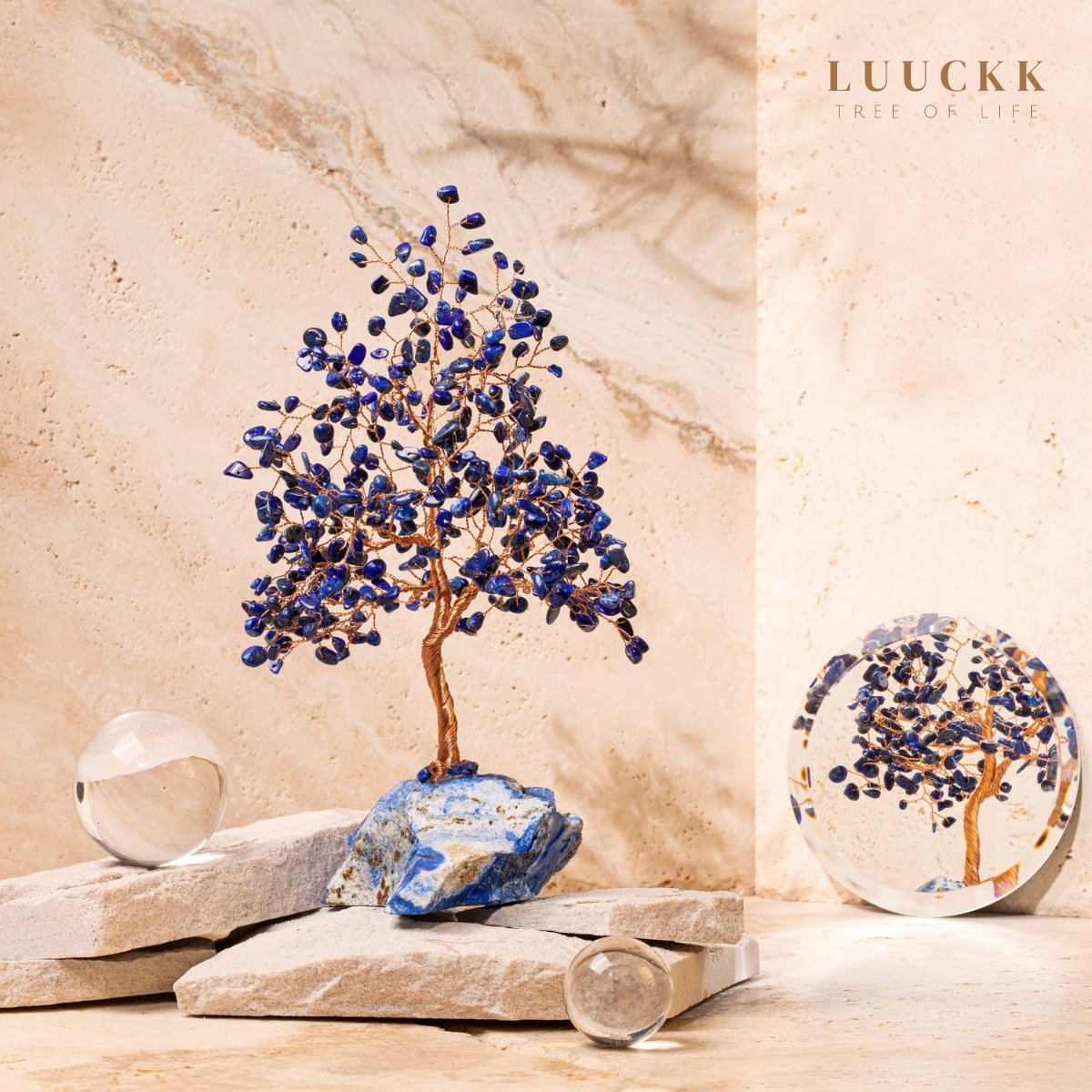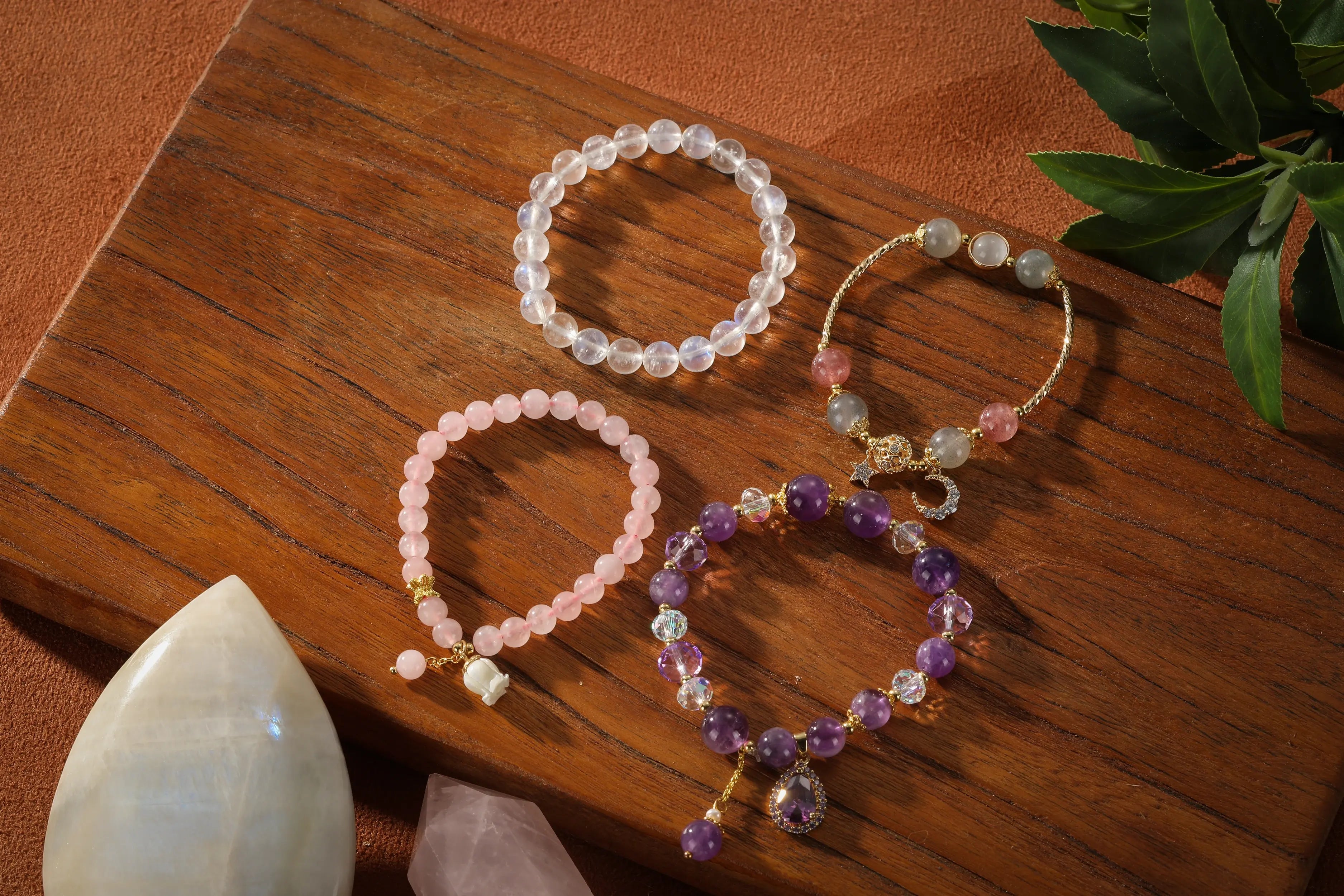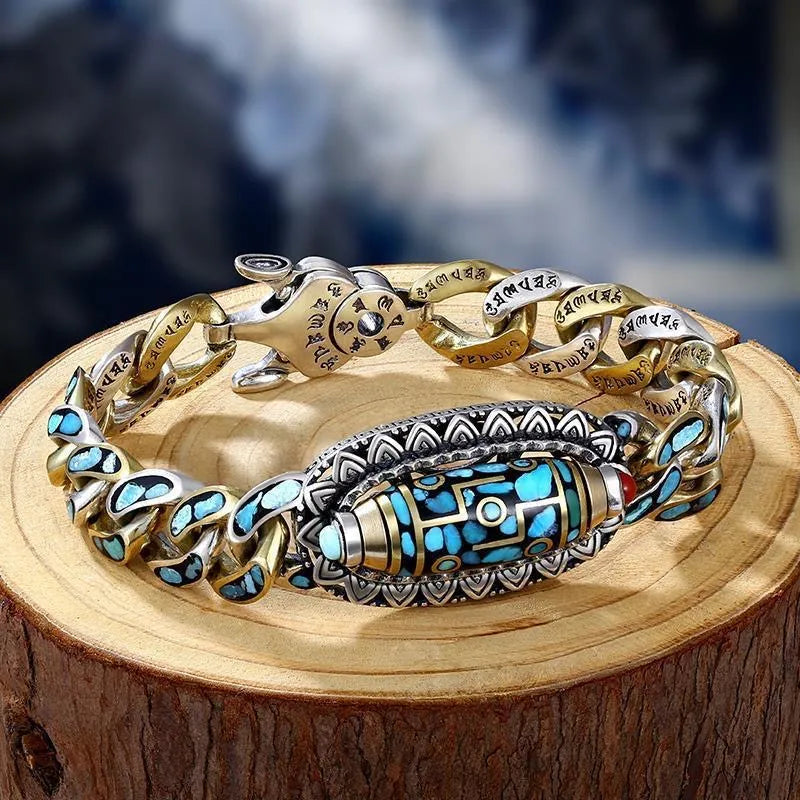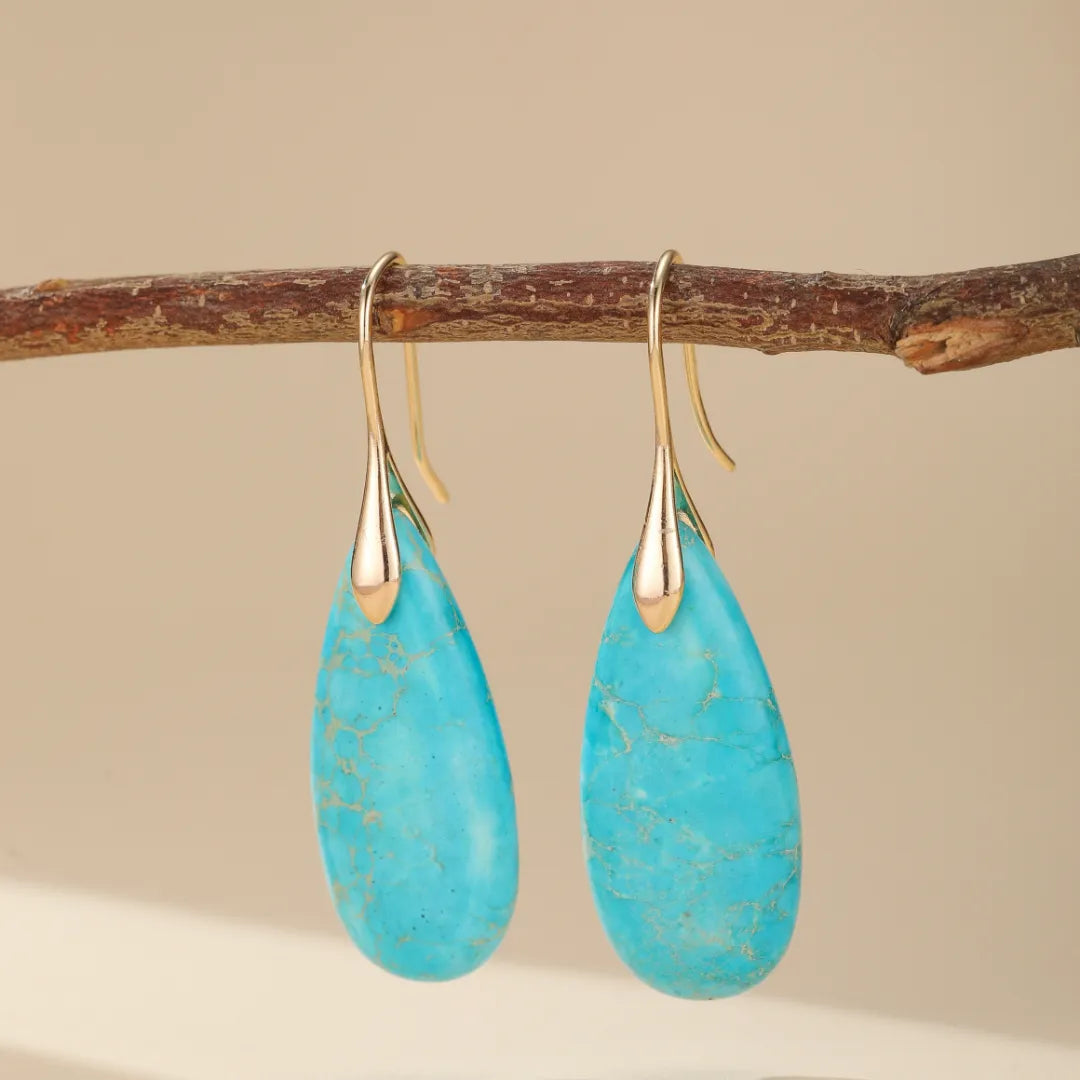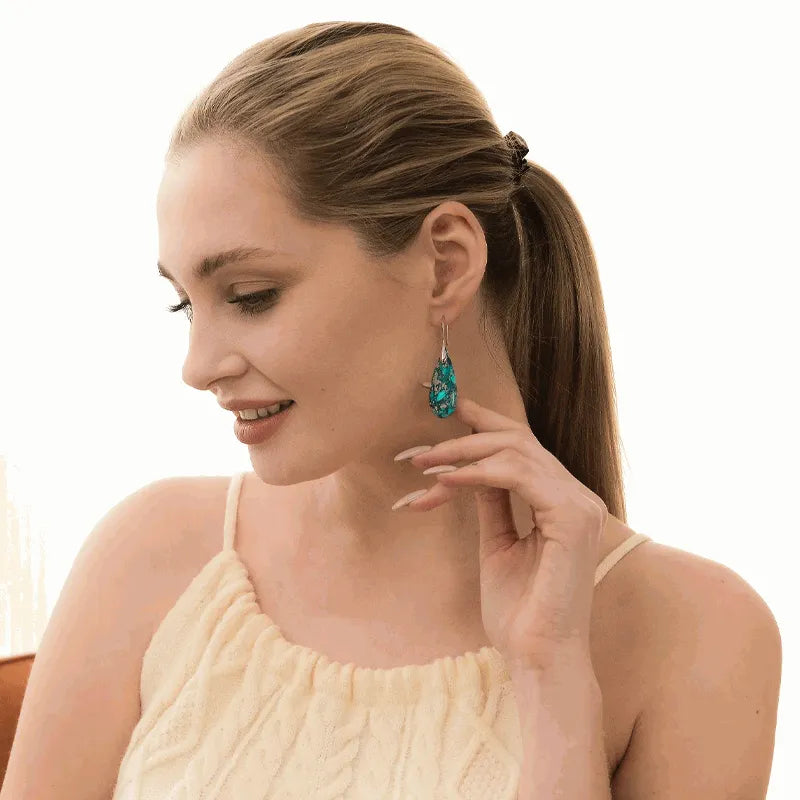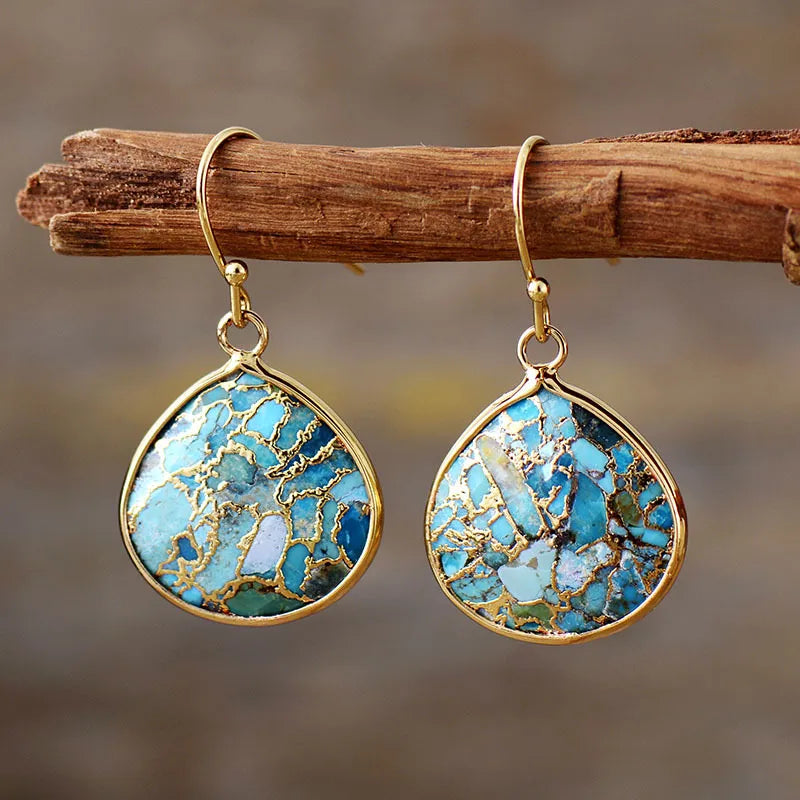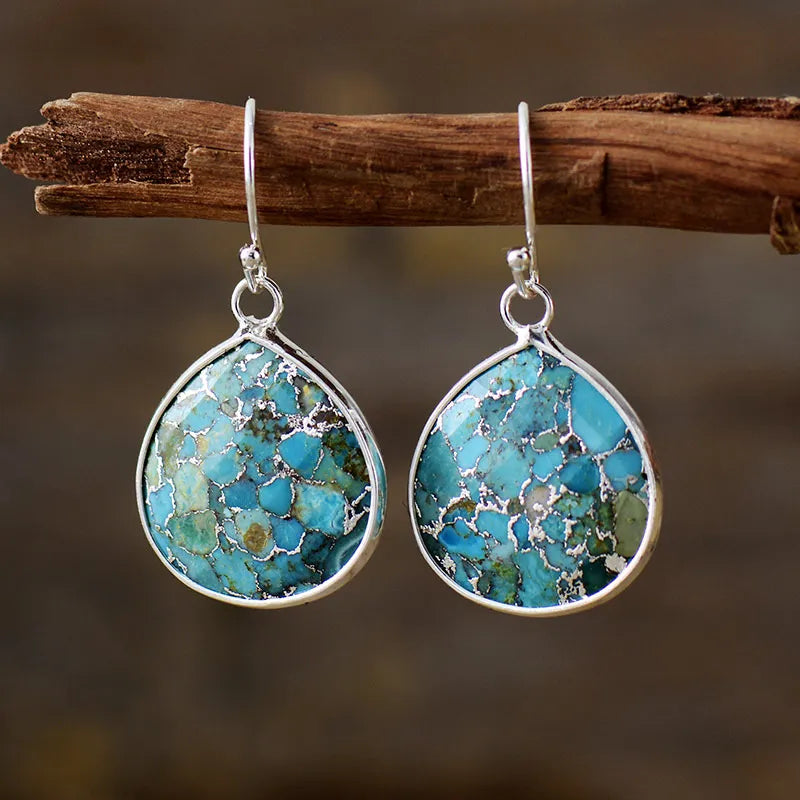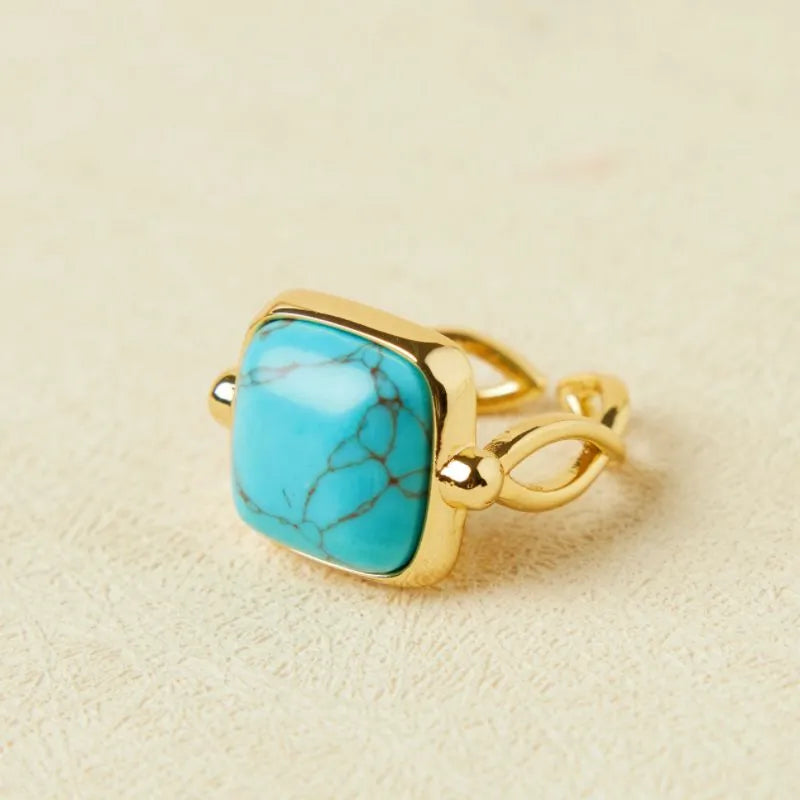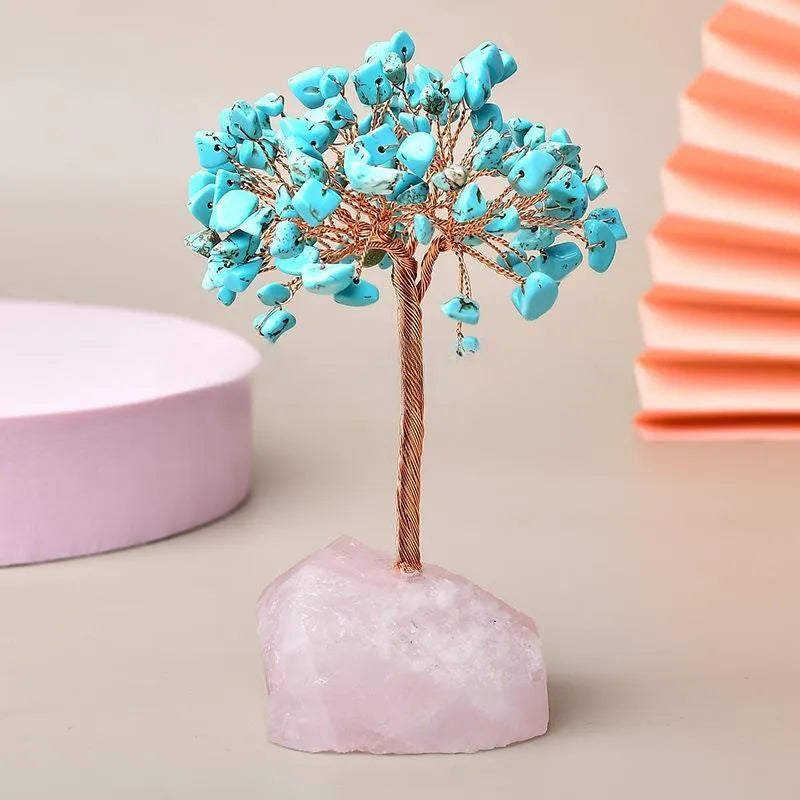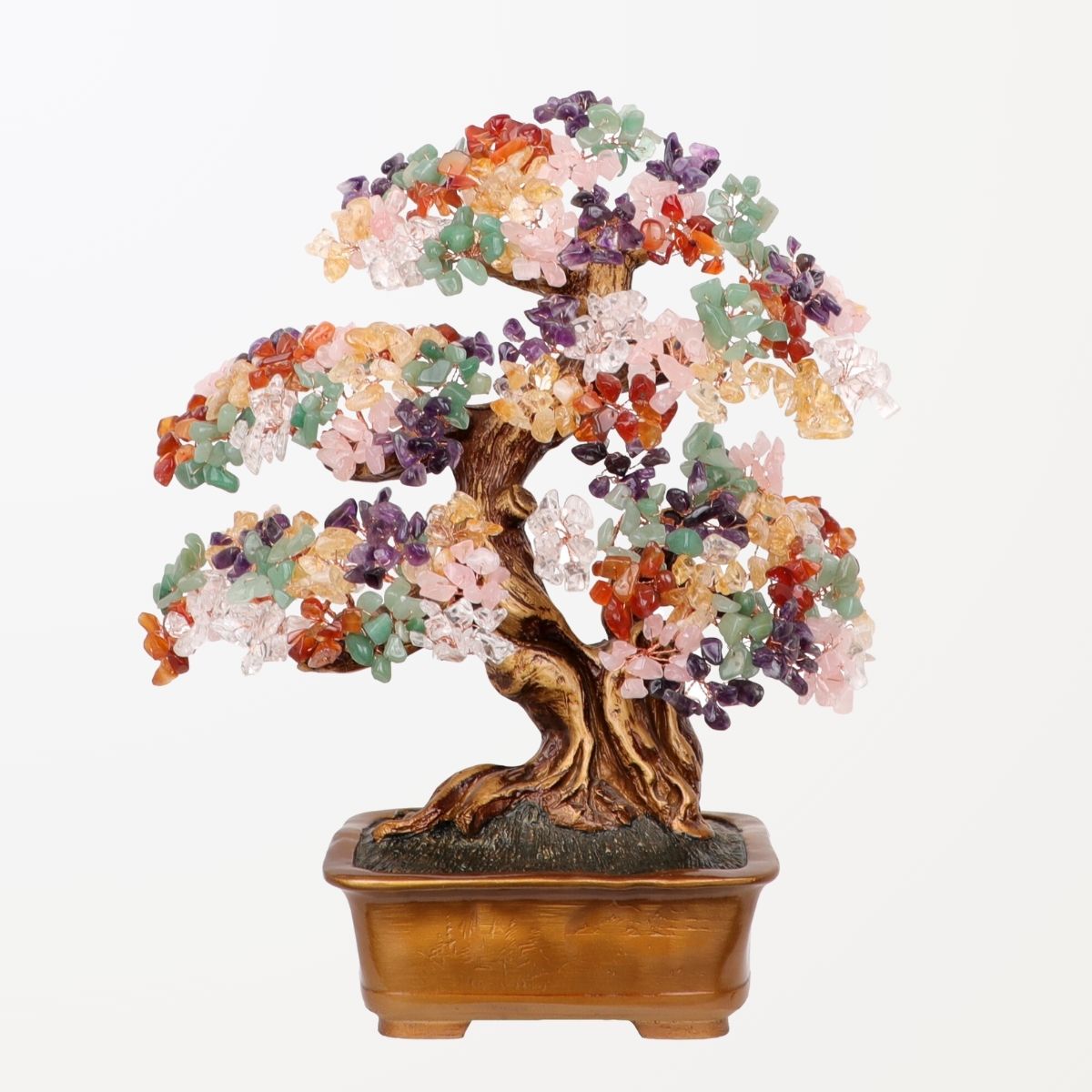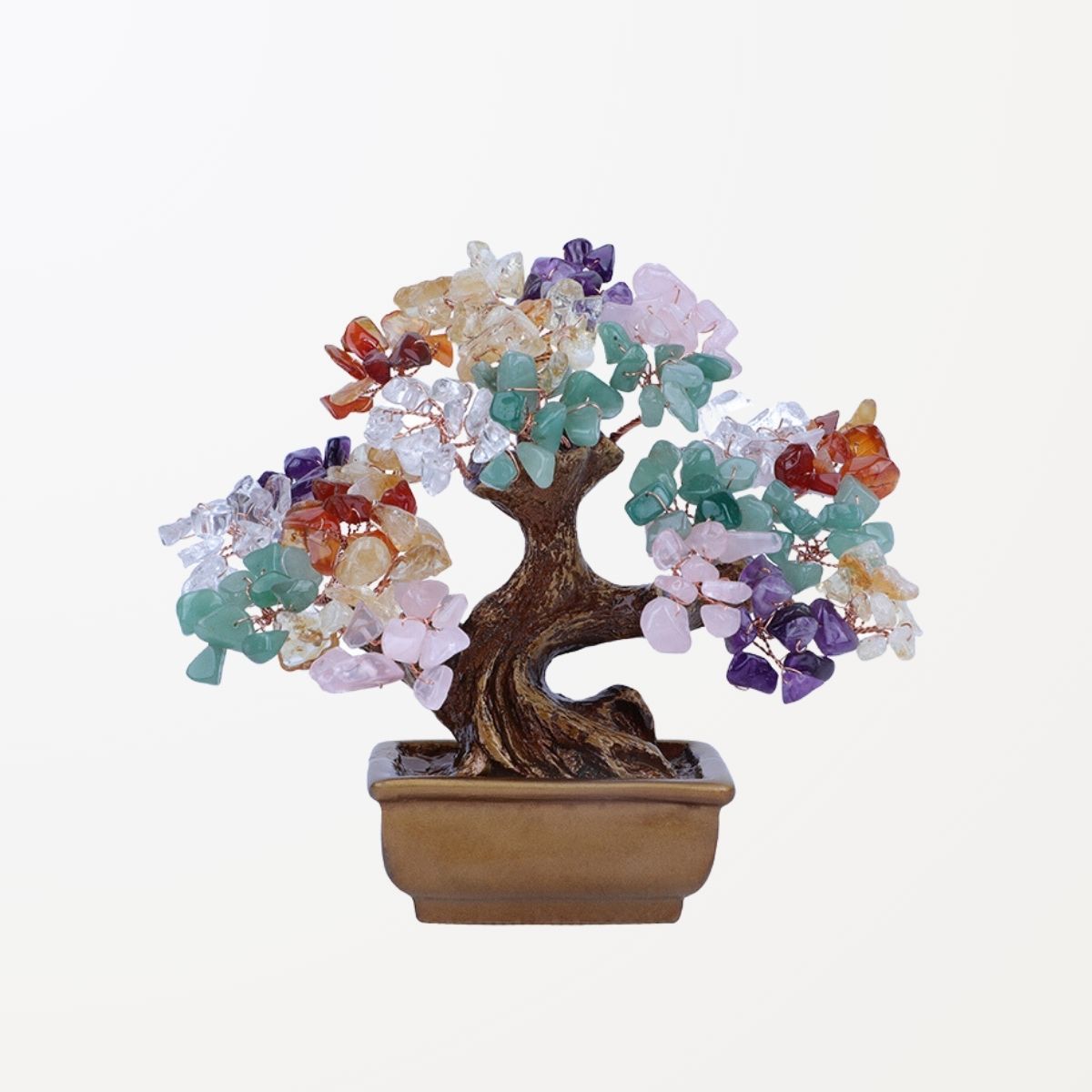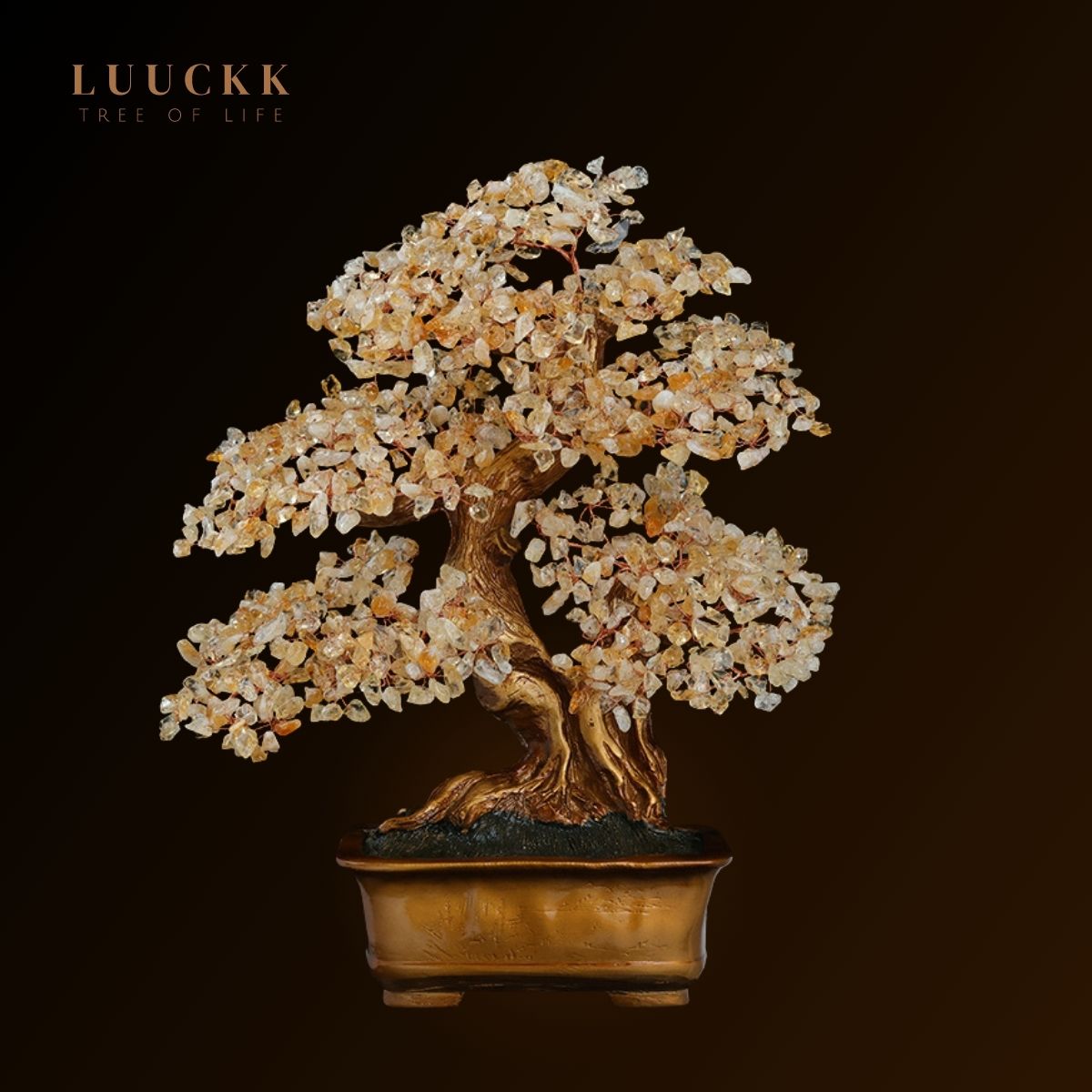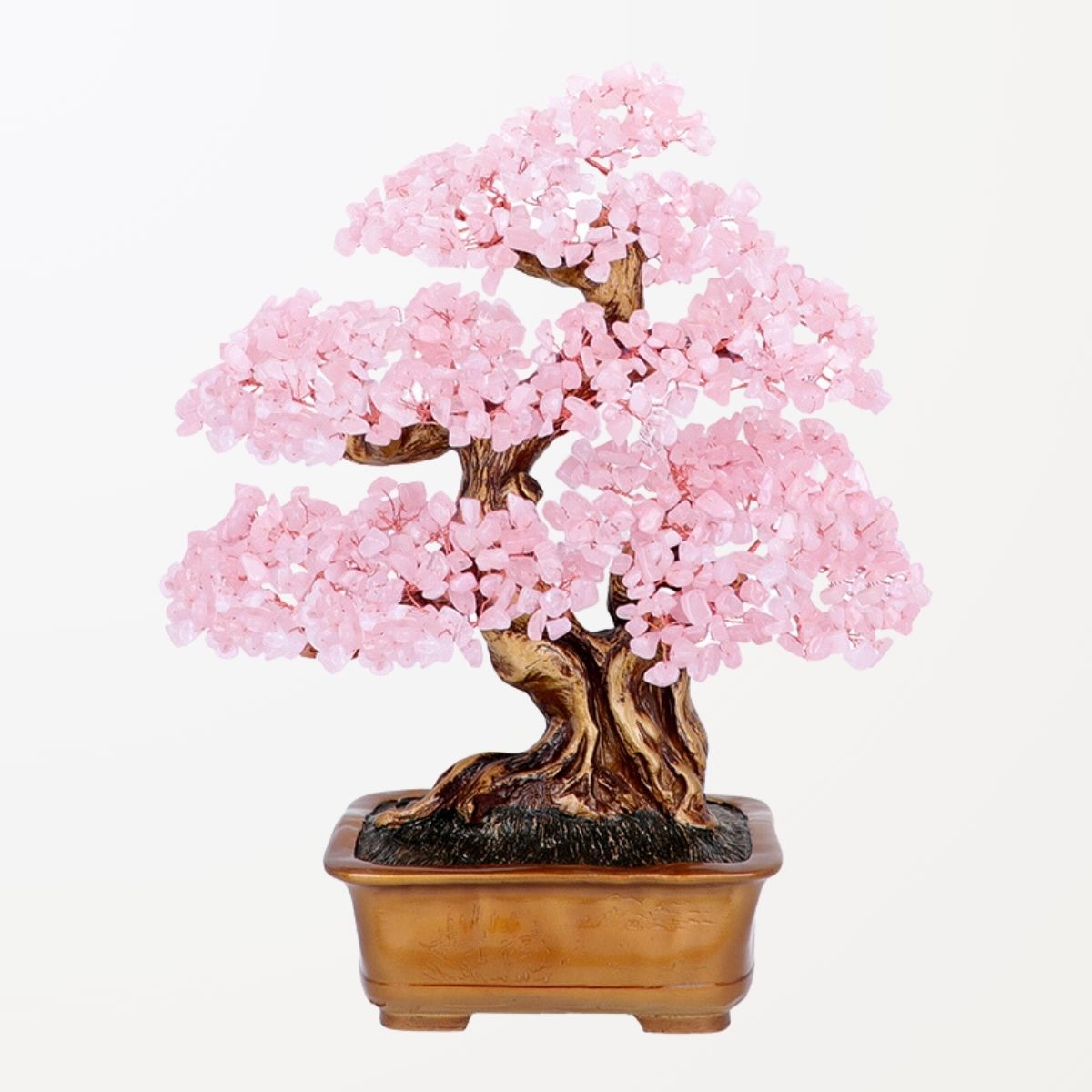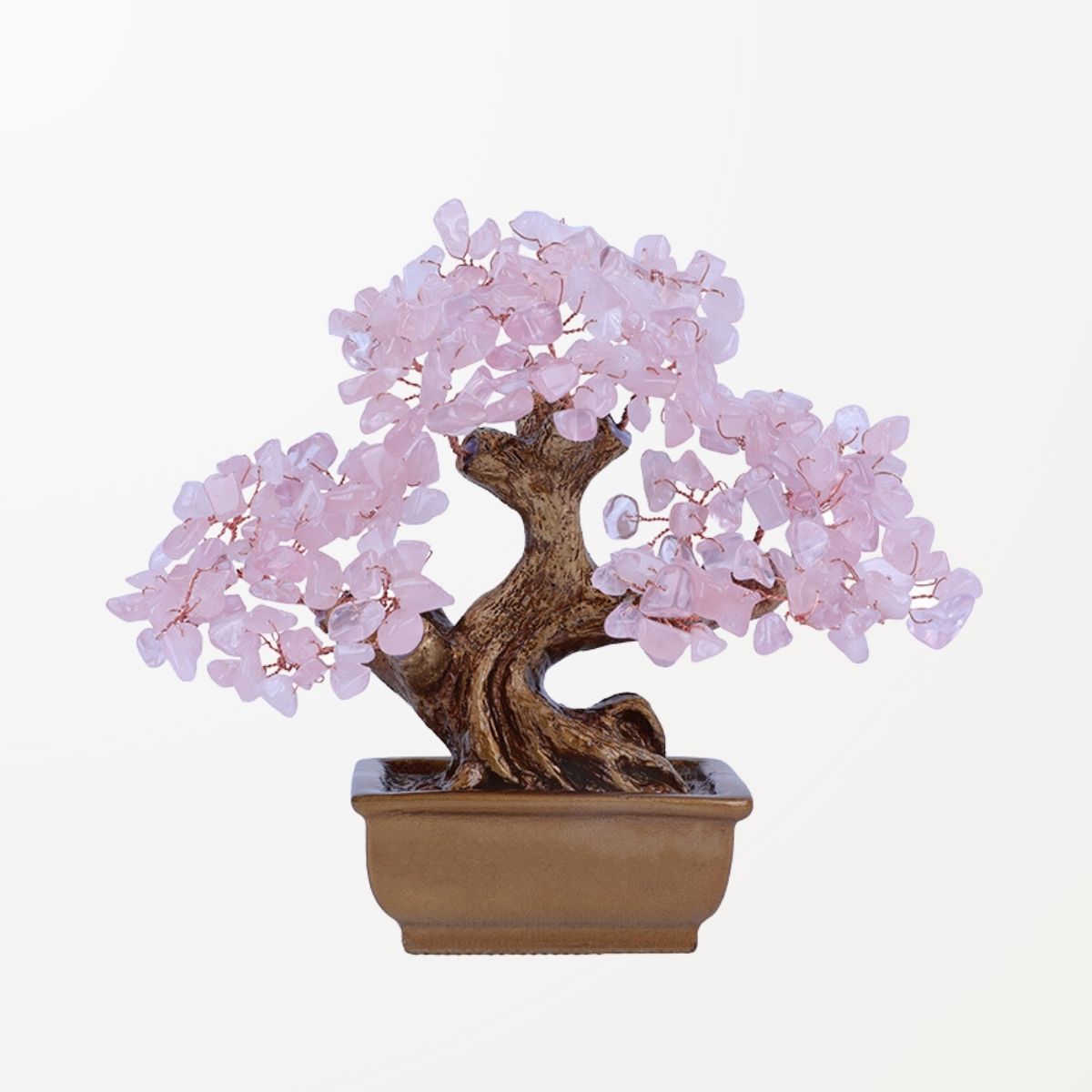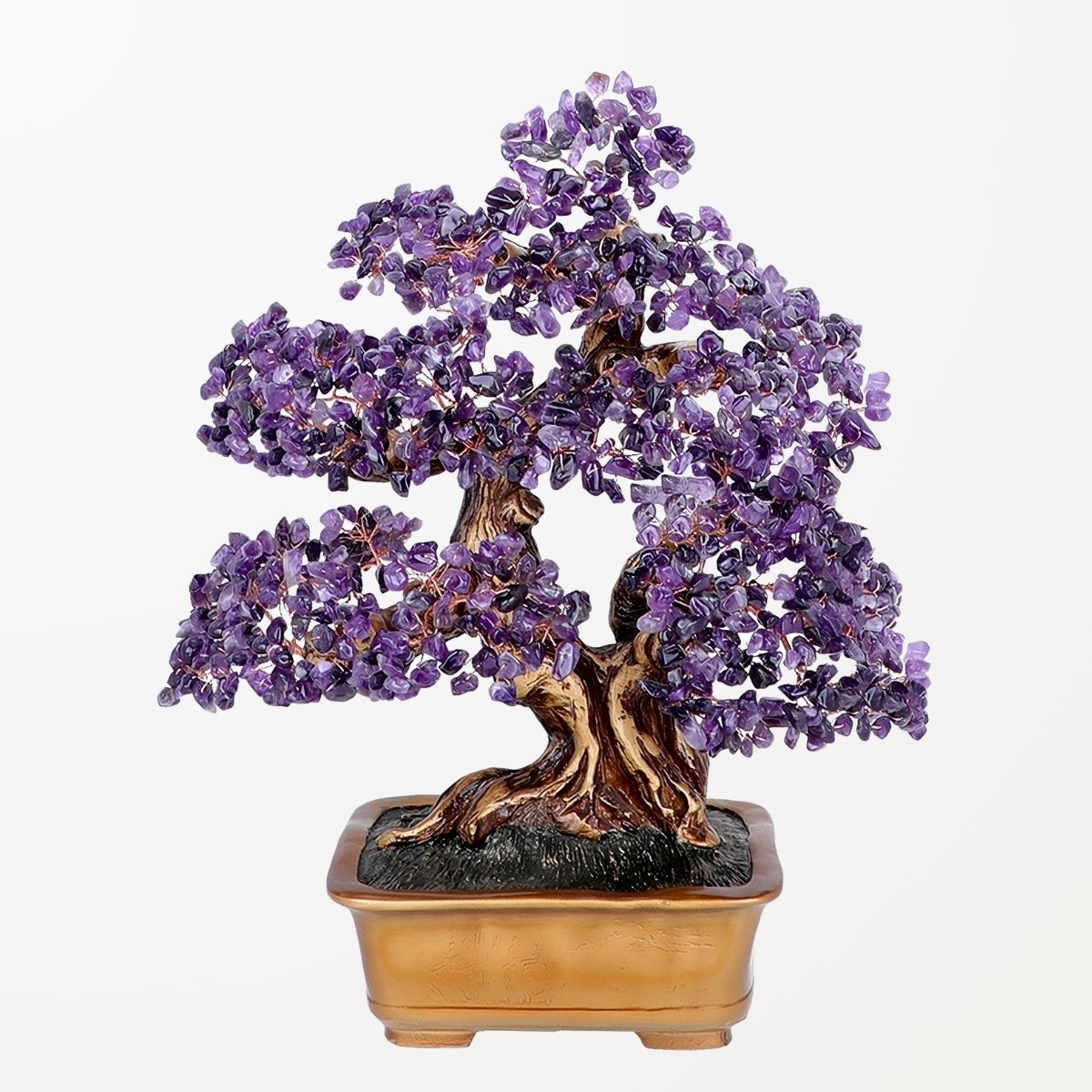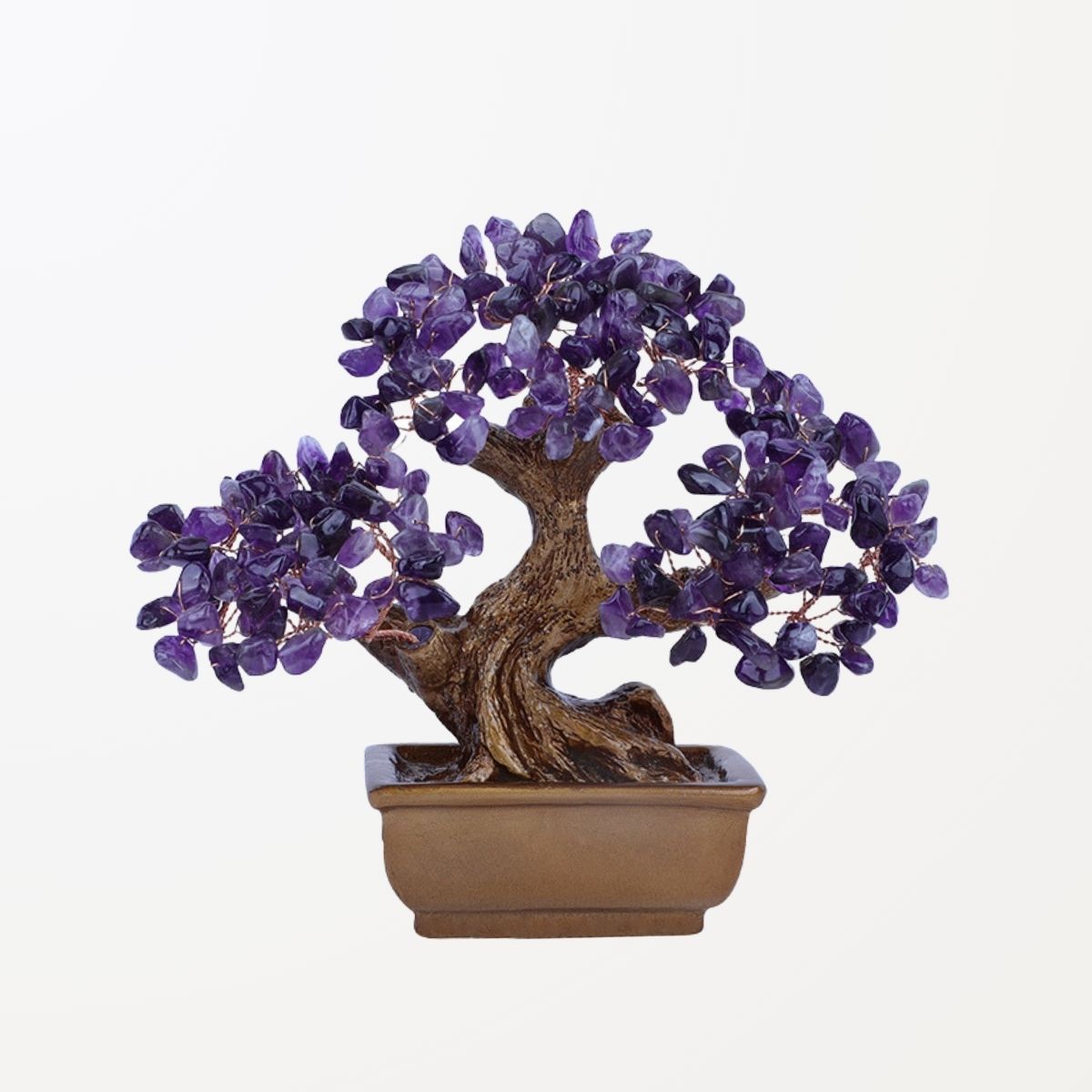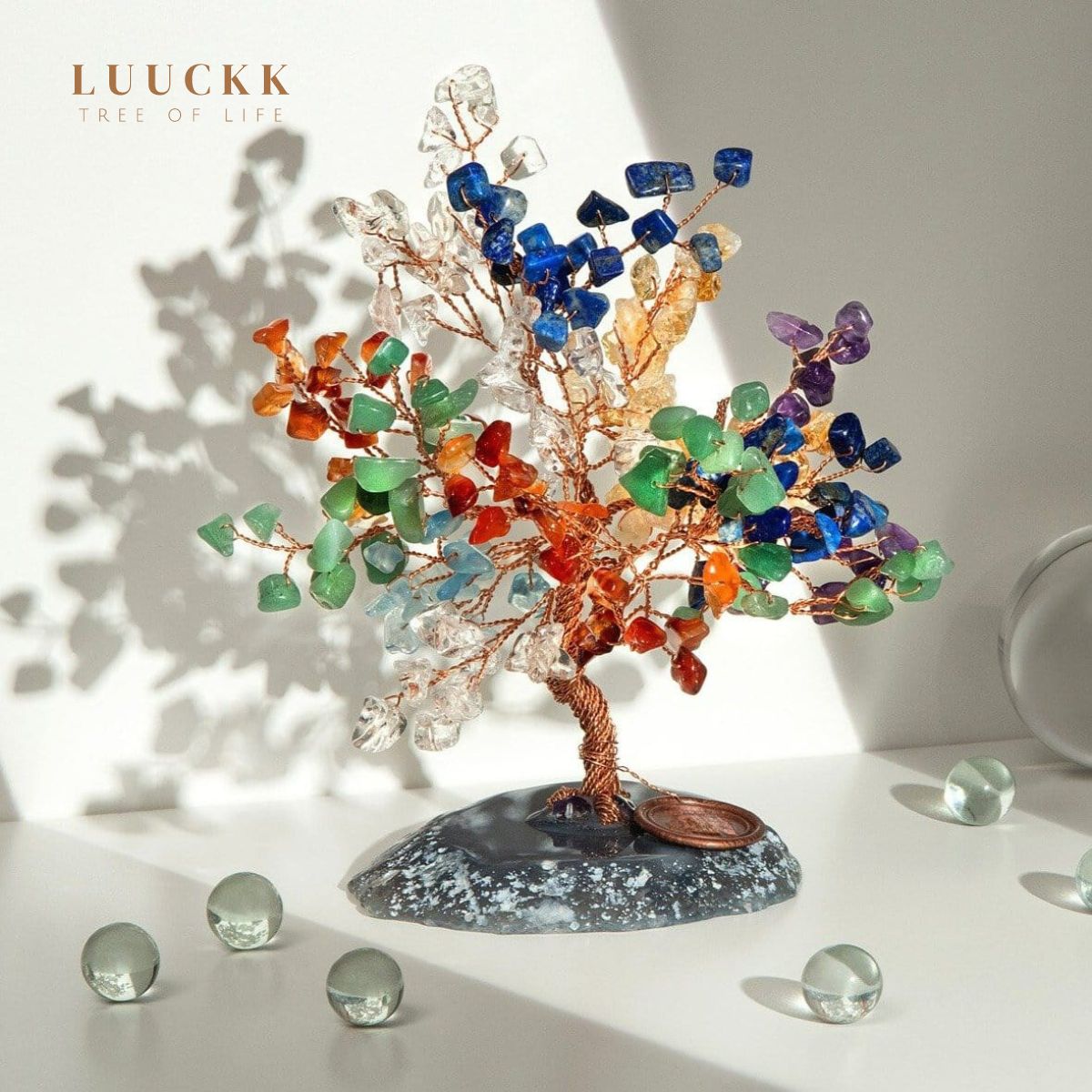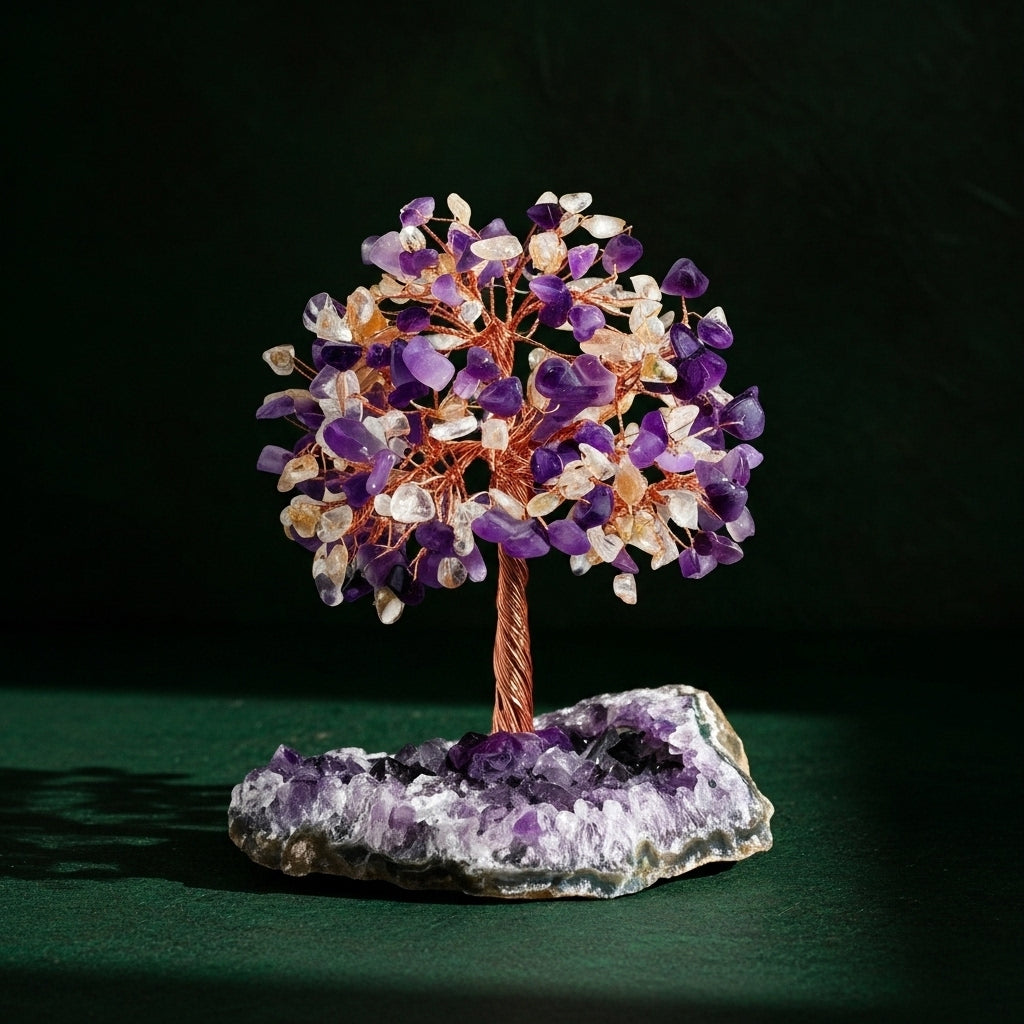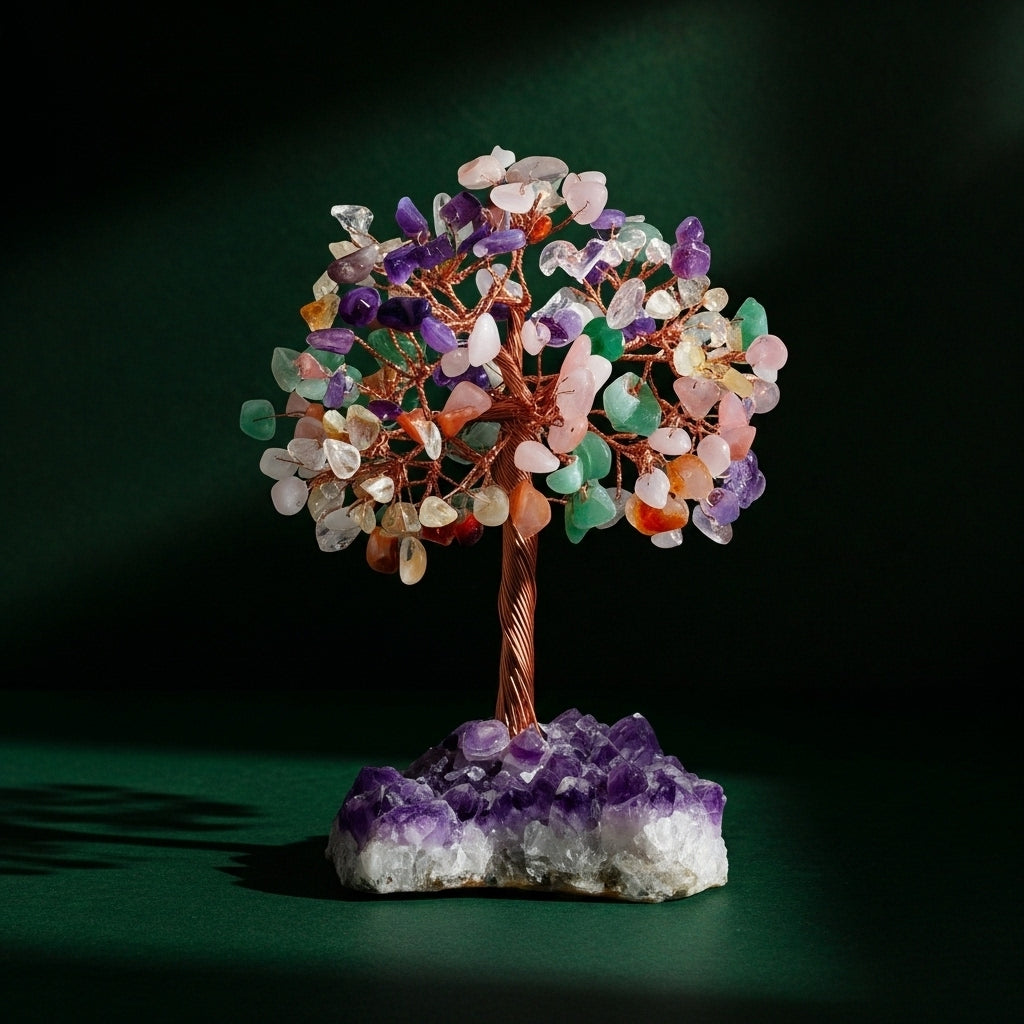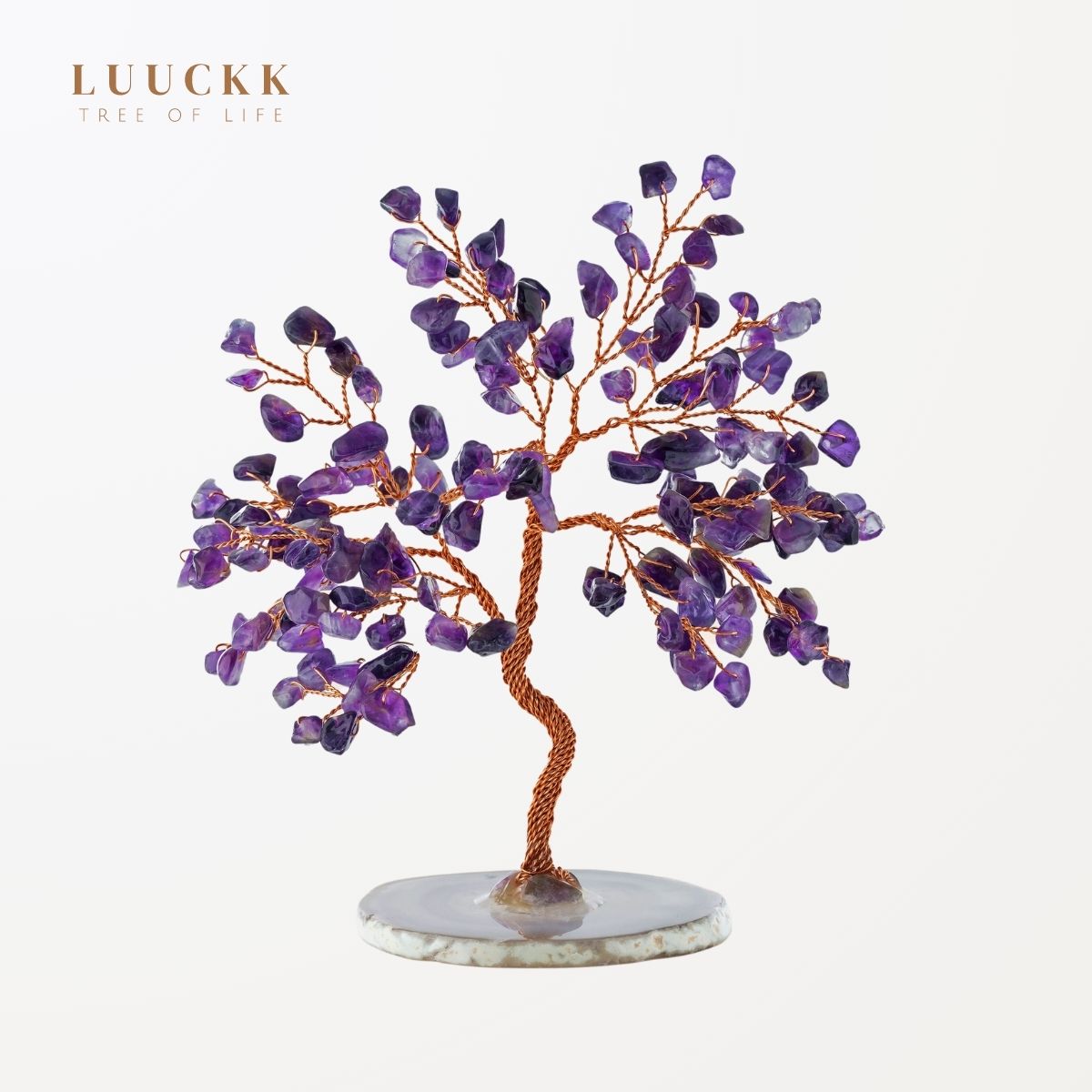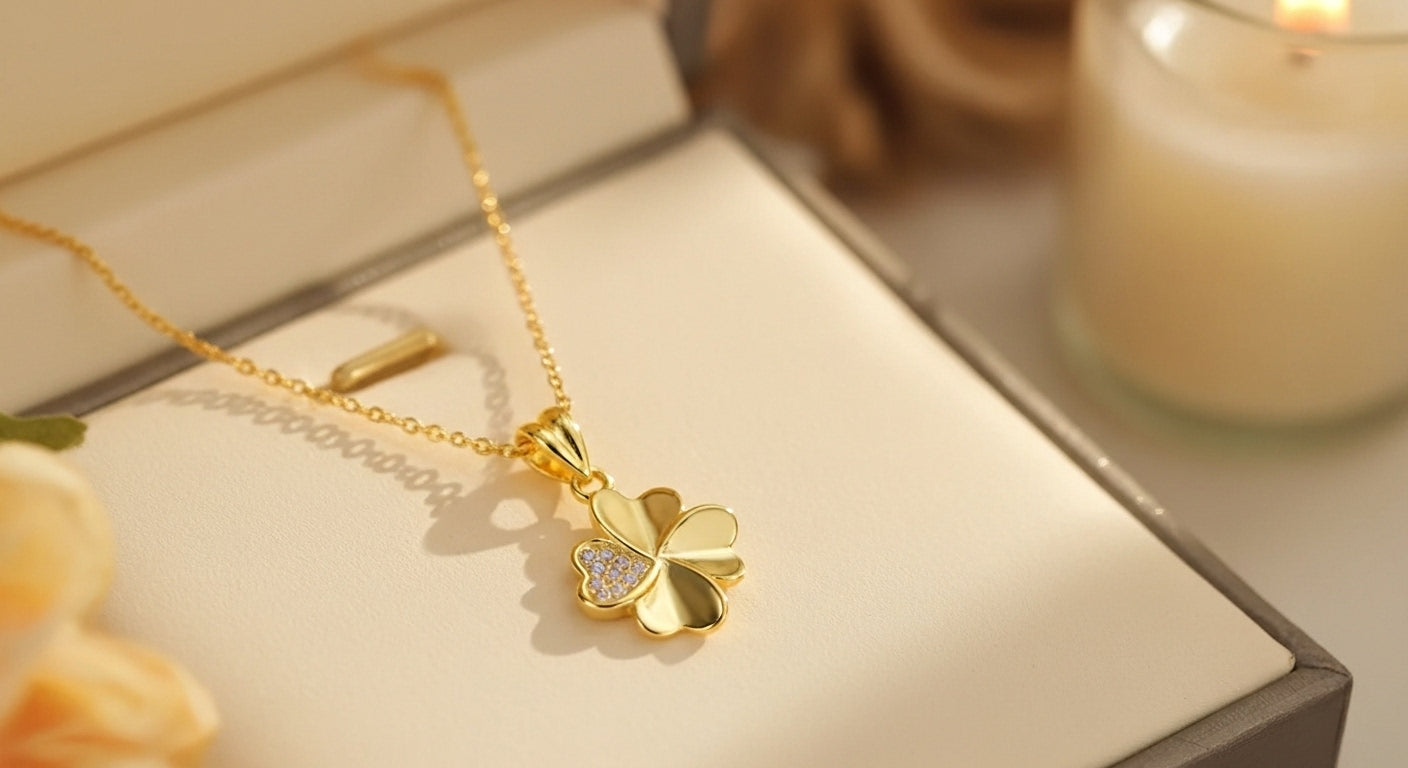
The Turquoise Stone: An Ancient Treasure with a Thousand Virtues
Introduction: Turquoise, a fascinating and timeless stone
Turquoise is one of the oldest gemstones used by humankind. With its shades of blue and green, it evokes the sky and water, symbols of serenity and fluidity. For millennia, it has been prized for its beauty as well as its spiritual and healing virtues.
Associated with protection, wisdom, and communication, it has traversed the ages as a talisman of luck and healing. Used by Egyptian pharaohs, Native American shamans, and Persian kings, it continues to be an essential stone in lithotherapy today.
In this article, we will explore its fascinating history, its many virtues, and the best ways to use it to fully benefit from its properties.
Origin and history of turquoise
A precious stone at the heart of ancient civilizations
Turquoise owes its name to the French word “turc,” as it was introduced to Europe via Turkey, even though its main deposits are found in Iran, Egypt, China, and the United States.
The Egyptians used it as early as 3000 BC to make jewelry and adorn funerary masks. The famous tomb of Tutankhamun contained several turquoise objects, including his famous golden mask. They attributed protective powers to this stone, particularly to accompany the soul in the afterlife.
The Persians considered it a sacred stone and set it on their crowns and daggers. Its color was said to change according to the wearer’s health and mood, thus warning of impending dangers.
Among Native American peoples, especially the Navajo and Apache, turquoise symbolized the connection between the sky and the earth. Shamans used it in healing rituals, while warriors adorned their weapons with it to ensure victory and protection.

A symbol of protection and wisdom through the ages
Merchants and travelers in Asia and Europe wore turquoise amulets to protect themselves from accidents and bad luck.
In the Ottoman Empire, sultans had verses from the Quran engraved on turquoise, believing it warded off negative energies.
In India, turquoise was given as a gift to seal friendships and promote harmony among individuals.
A natural stone with captivating hues
The color of turquoise ranges from light blue to deep green, depending on its copper and iron content. The most famous deposits are found in Iran, the United States (notably in Arizona and Nevada), China, and Egypt.
Persian turquoise is especially prized for its intense, uniform blue, while American turquoises often display black or brown veins caused by surrounding minerals. These natural inclusions, called “matrix,” make each stone unique.
The benefits of turquoise in lithotherapy
A soothing stone for body and mind
Turquoise is often recommended for people suffering from stress and anxiety. Its gentle energy helps calm negative thoughts, promoting a state of serenity and emotional balance.
It is also believed to be beneficial for the immune system, aiding in detoxification of the body and cellular regeneration. It is sometimes used to relieve joint pain and support recovery after an illness.
An ally for communication and self-confidence
Associated with the throat chakra, turquoise is ideal for improving expression and communication. It helps in speaking clearly, listening with empathy, and overcoming shyness.
It is particularly useful for those who need to speak in public, teach, or work in professions where oral expression is essential.
By boosting self-confidence, it allows one to assert themselves while fostering harmonious relationships with others.
Protection against negative energies
Turquoise is considered a stone of energetic protection. In many traditions, it is believed to repel harmful influences and absorb negative vibrations.
It is also used to prevent nightmares and promote peaceful sleep. Placing a turquoise under the pillow could help ward off night anxieties and improve sleep quality.

How to choose and use turquoise effectively?
Recognizing real turquoise and avoiding imitations
Due to its growing popularity, turquoise is unfortunately one of the most frequently counterfeited stones. Many turquoises on the market are actually dyed stones (such as howlite) or reconstituted turquoise made from compressed stone powder and resin.
Here are a few tips for identifying real turquoise:
- Its color: Natural turquoise shows slight variations in shade and may have black or brown veins. A stone that is too uniformly blue is often an imitation.
- Its texture: Real turquoise is slightly porous. If it is too smooth and shiny, it has probably been chemically treated.
- Its hardness: Turquoise is relatively soft (5 to 6 on the Mohs scale). A turquoise that is too hard may be a plastic or glass imitation.
How to cleanse and recharge turquoise?
To maintain its energetic properties, turquoise should be regularly cleansed and recharged.
- Cleansing: It can be rinsed with distilled water or cleansed by smudging with white sage or palo santo.
- Recharging: It is ideally recharged in the moonlight or on a cluster of quartz. Prolonged exposure to the sun can alter its color.
How to pair turquoise with other stones in lithotherapy?
In lithotherapy, combining stones can amplify their benefits. Turquoise pairs particularly well with:
- Lapis lazuli: To enhance communication and intuition.
- Citrine: To attract prosperity and strengthen self-confidence.
- Amethyst: To calm the mind and promote meditation.
- Rose quartz: To balance emotions and foster self-love.
Turquoise in jewelry and its economic impact
A worldwide craze for turquoise jewelry
Turquoise is highly valued in the jewelry world. It is used to craft rings, bracelets, necklaces, and earrings.
Native American artisans, notably the Navajo and Zuni, are famous for their stunning silver jewelry adorned with turquoise. Their creations are now highly sought after by collectors and natural stone enthusiasts.
In high-end jewelry, turquoise has been showcased by prestigious houses that incorporate it into exceptional pieces.
A lucrative but threatened trade
The growing demand for turquoise has led to intensive mining, putting some natural deposits at risk. High-quality turquoise is becoming increasingly rare, and its price continues to rise.
Some regions, such as Iran and Arizona, now impose strict regulations to preserve their resources.
Conclusion: A stone with many facets
Turquoise is much more than a decorative stone. Its fascinating history, its benefits in lithotherapy, and its importance in jewelry make it a true ancestral treasure.
Whether to improve communication, soothe the mind, or protect against negative energies, it offers a multitude of benefits to those who adopt it.
However, to fully enjoy its properties, it is essential to choose authentic turquoise and take proper care of it.
With its beneficial energy and unique brilliance, turquoise continues through the ages as a stone of balance, protection, and wisdom.
FAQ: Everything you need to know about turquoise
1. What is the meaning of turquoise?
Turquoise symbolizes protection, wisdom, and communication. It is often associated with serenity and inner balance.
2. What are the benefits of turquoise in lithotherapy?
It helps reduce stress, promotes communication, and protects against negative energies. It is also beneficial for the immune system and cellular regeneration.
3. How can you recognize real turquoise?
Genuine turquoise shows natural color variations, a slightly porous texture, and a medium hardness (5-6 on the Mohs scale). A color that is too uniform or an artificial shine often indicates an imitation.
4. How do you cleanse and recharge turquoise?
Cleanse it with distilled water or by passing it through sage smoke. Recharge it in moonlight or on a cluster of quartz. Avoid prolonged exposure to sunlight.
5. Can you wear turquoise every day?
Yes, but you should avoid impacts, salt water, and chemicals that could affect its color and texture.
6. Which chakra is linked to turquoise?
It is associated with the throat chakra, enhancing expression and communication.
7. Can turquoise be combined with other stones?
Yes, it goes well with lapis lazuli (intuition), citrine (positive energy), and rose quartz (emotional harmony).
8. Where are the most beautiful turquoises found?
The most renowned deposits are in Iran, the United States (Arizona, Nevada), China, and Egypt.
9. Does turquoise change color over time?
Yes, it may lighten or become slightly greener due to exposure to light, heat, and natural skin oils.
10. Why is turquoise considered a protective stone?
In many cultures, it is seen as a talisman that repels negative energies and attracts luck and prosperity.
Suggested Products
Best products
